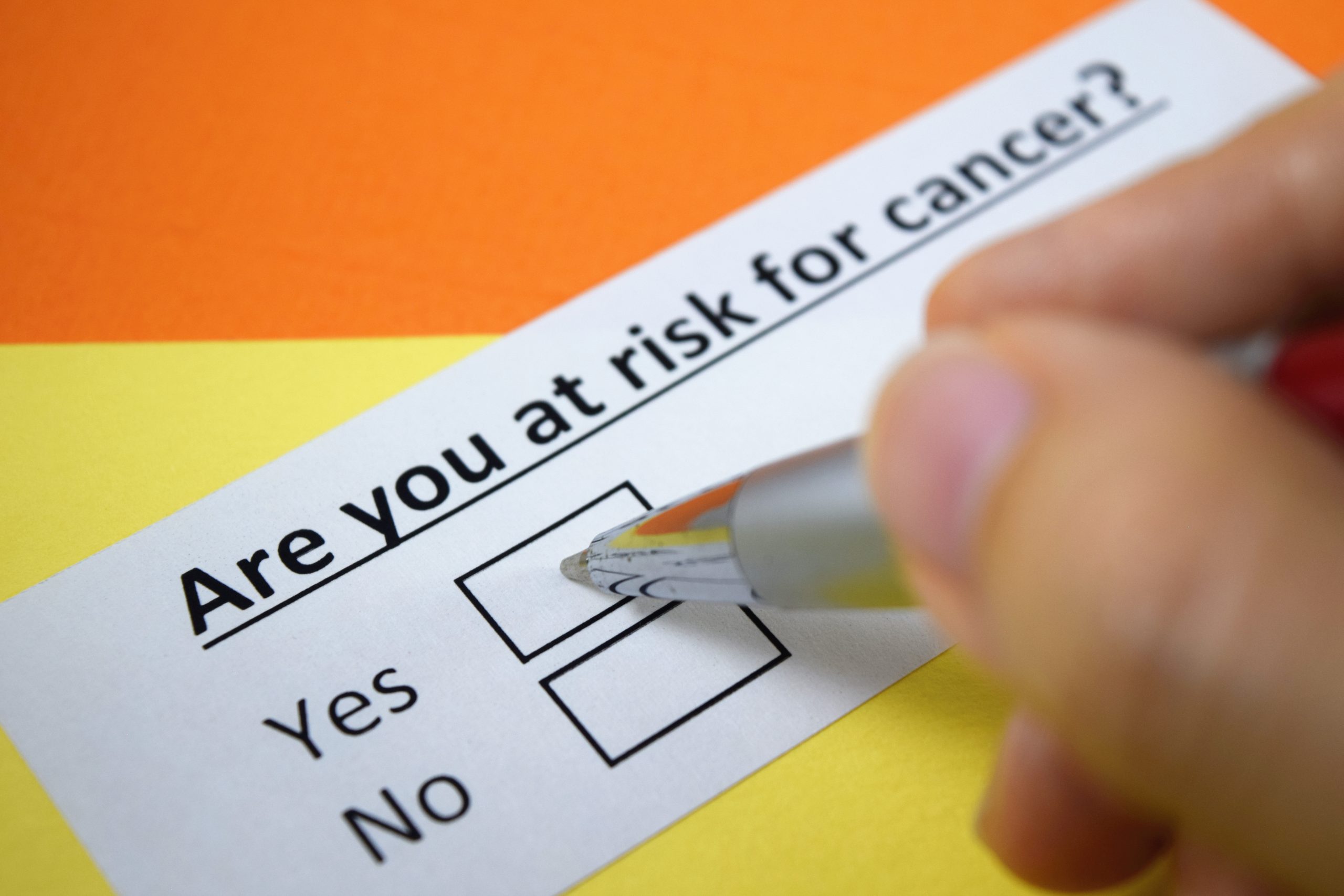 In 1978, Glaxo Laboratories developed a molecule called ranitidine, which could treat heartburn. Soon after the U.S. Food and Drug Administration (FDA) approved the drug under the brand name Zantac, ranitidine rapidly became the world’s top-selling prescription medication. From the beginning to the end, Glaxo was warned by independent investigators and scientists about Zantac’s potential cancer risks. Glaxo failed to share critical evaluations of the drug with the FDA and endorsed erroneous research intended to minimize safety concerns. The company launched an aggressive marketing campaign to promote Zantac as more effective, more convenient, and safer than the alternative drug Tagamet. With Americans already spending roughly a billion dollars annually for heartburn relief, Glaxo introduced a 75mg over-the-counter Zantac pill.
In 1978, Glaxo Laboratories developed a molecule called ranitidine, which could treat heartburn. Soon after the U.S. Food and Drug Administration (FDA) approved the drug under the brand name Zantac, ranitidine rapidly became the world’s top-selling prescription medication. From the beginning to the end, Glaxo was warned by independent investigators and scientists about Zantac’s potential cancer risks. Glaxo failed to share critical evaluations of the drug with the FDA and endorsed erroneous research intended to minimize safety concerns. The company launched an aggressive marketing campaign to promote Zantac as more effective, more convenient, and safer than the alternative drug Tagamet. With Americans already spending roughly a billion dollars annually for heartburn relief, Glaxo introduced a 75mg over-the-counter Zantac pill.
While considerable evidence and suspicions indicated Zantac’s cancer-causing properties, documents show Glaxo ignored the warnings. Connected to cancer as early as 1956, NDMA belongs to a group of chemicals called nitrosamines, which have caused cancer in every species of animal tested. A prominent pharmaceutical analyst suggested that under certain conditions in the stomach, a chemical reaction could turn ranitidine into NDMA. However, Glaxo’s board never requested any studies to determine if ranitidine could form into nitrosamine. Even after several independent studies revealed ranitidine resulted in toxic and mutagenic effects, Glaxo still tried to convince everyone of the safety of their drug. In 1982, despite the company’s scientist Richard Tanner finding up to 232,000 nanograms of NDMA in Zantac, court documents show that Glaxo kept this study a secret.
In 2019, Valisure, a private lab, sent the FDA a document regarding Zantac’s extremely high levels of NDMA. After finding NDMA in every version of ranitidine it analyzed, the lab determined the problem inherently existed with the molecule itself. Although consuming minuscule amounts of the carcinogen is not believed to be harmful, lab tests uncovered excessive amounts of NDMA in ranitidine. It takes less than a milligram of NDMA to mutate mice cells, and 2 grams is enough to kill a person. Consequently, the FDA forced all versions of the drug off the market in 2020. However, the FDA maintained that there were no consistent signals that the drug increased cancer risks. Critics believe the FDA’s stance was an attempt to absolve the agency of wrongdoing.
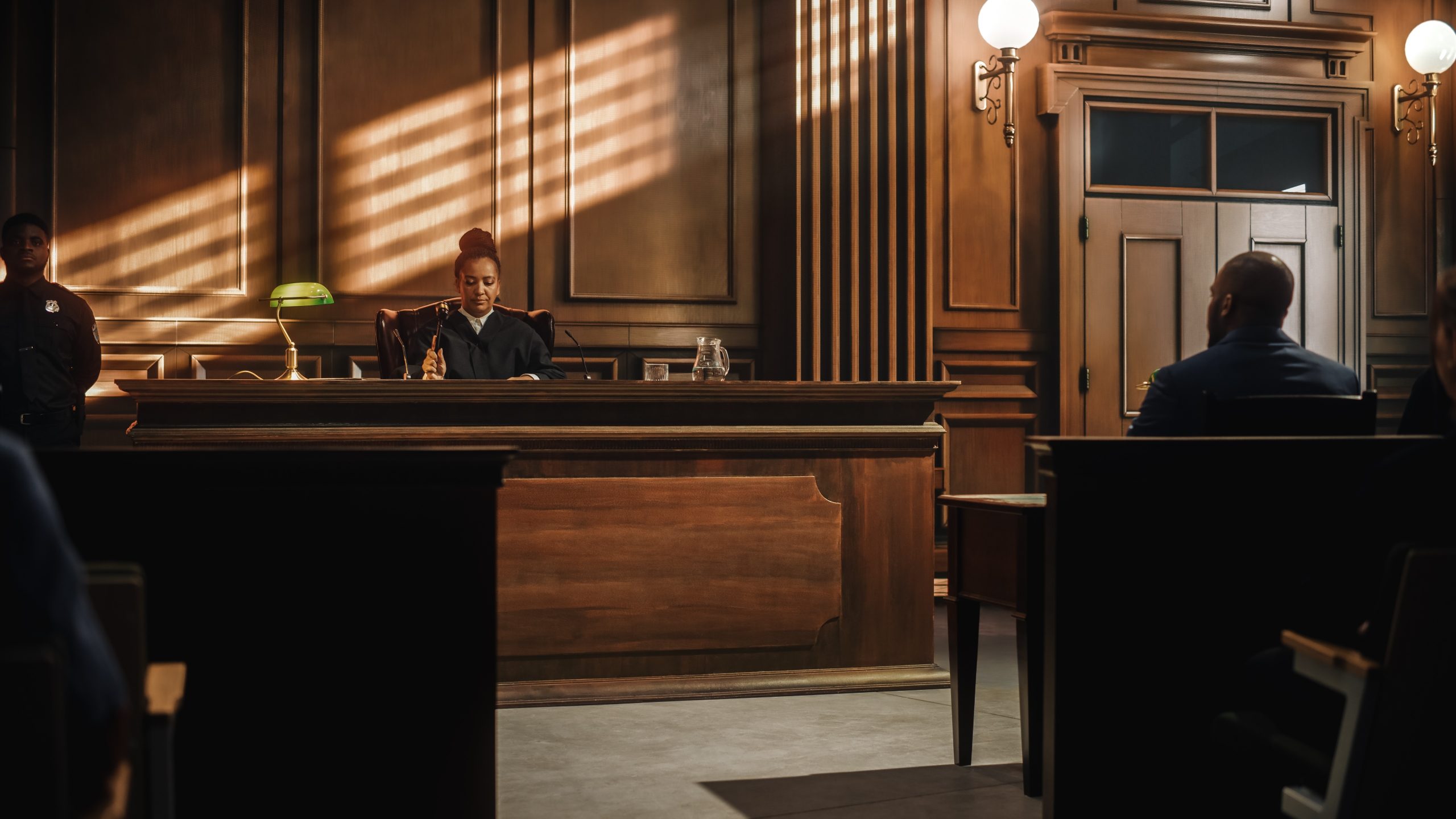 Being involved in a car accident is stressful enough, but the prospect of a trial can feel overwhelming. Suppose you’re facing this situation in Upstate New York. In that case, understanding the process can ease your anxiety and empower you to make informed decisions. Our elite team of Buffalo, New York, car accident injury lawyers at the Dietrich Law Firm P.C. represents countless car accident victims and wants to guide you through what to expect during a trial.
Being involved in a car accident is stressful enough, but the prospect of a trial can feel overwhelming. Suppose you’re facing this situation in Upstate New York. In that case, understanding the process can ease your anxiety and empower you to make informed decisions. Our elite team of Buffalo, New York, car accident injury lawyers at the Dietrich Law Firm P.C. represents countless car accident victims and wants to guide you through what to expect during a trial. Buffalo Personal Injury Lawyer News
Buffalo Personal Injury Lawyer News


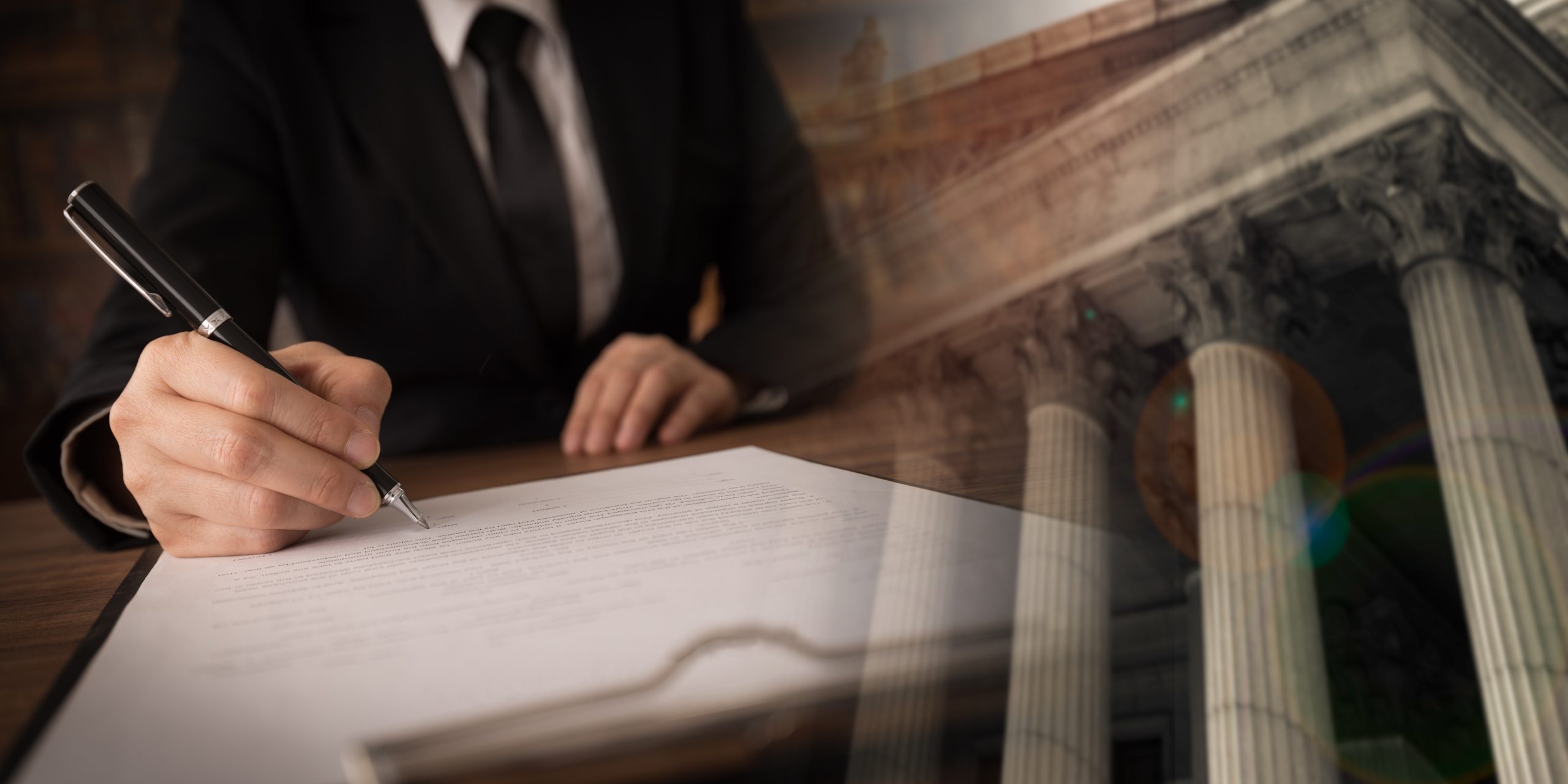 After suffering devastating injuries in any type of accident, you are likely feeling helpless and overwhelmed. If another’s carelessness or irresponsibility caused your injuries, you might be eligible to pursue a personal injury lawsuit. The Dietrich Legal Team’s veteran litigators realize that the litigation process may seem both complex and intimidating. Our lawyers believe that by helping you better understand the legal process, we can eliminate most of your stress and uncertainty.
After suffering devastating injuries in any type of accident, you are likely feeling helpless and overwhelmed. If another’s carelessness or irresponsibility caused your injuries, you might be eligible to pursue a personal injury lawsuit. The Dietrich Legal Team’s veteran litigators realize that the litigation process may seem both complex and intimidating. Our lawyers believe that by helping you better understand the legal process, we can eliminate most of your stress and uncertainty.  When you hire a personal injury attorney to litigate your accident case, knowing that you have certain rights as a client is crucial. Strict standards of ethical and professional responsibility bind personal injury lawyers. The relationship between an attorney and their client should be based on confidence and trust. At the Dietrich Law Firm P.C., our battle-tested litigators believe in building strong relationships with our clients. We take the attorney-client relationship exceptionally seriously and are dedicated to treating every client with the respect, consideration, and compassion they deserve.
When you hire a personal injury attorney to litigate your accident case, knowing that you have certain rights as a client is crucial. Strict standards of ethical and professional responsibility bind personal injury lawyers. The relationship between an attorney and their client should be based on confidence and trust. At the Dietrich Law Firm P.C., our battle-tested litigators believe in building strong relationships with our clients. We take the attorney-client relationship exceptionally seriously and are dedicated to treating every client with the respect, consideration, and compassion they deserve.  In 1978, Glaxo Laboratories developed a molecule called ranitidine, which could treat heartburn. Soon after the U.S. Food and Drug Administration (FDA) approved the drug under the brand name Zantac, ranitidine rapidly became the world’s top-selling prescription medication. From the beginning to the end, Glaxo was warned by independent investigators and scientists about Zantac’s potential cancer risks. Glaxo failed to share critical evaluations of the drug with the FDA and endorsed erroneous research intended to minimize safety concerns. The company launched an aggressive marketing campaign to promote Zantac as more effective, more convenient, and safer than the alternative drug Tagamet. With Americans already spending roughly a billion dollars annually for heartburn relief, Glaxo introduced a 75mg over-the-counter Zantac pill.
In 1978, Glaxo Laboratories developed a molecule called ranitidine, which could treat heartburn. Soon after the U.S. Food and Drug Administration (FDA) approved the drug under the brand name Zantac, ranitidine rapidly became the world’s top-selling prescription medication. From the beginning to the end, Glaxo was warned by independent investigators and scientists about Zantac’s potential cancer risks. Glaxo failed to share critical evaluations of the drug with the FDA and endorsed erroneous research intended to minimize safety concerns. The company launched an aggressive marketing campaign to promote Zantac as more effective, more convenient, and safer than the alternative drug Tagamet. With Americans already spending roughly a billion dollars annually for heartburn relief, Glaxo introduced a 75mg over-the-counter Zantac pill.  The word bellwether can be traced back to the 13th century when shepherds hung bells around the necks of some of their sheep to designate them as leaders. Similarly, bellwether trials are designed to track and monitor the potential results of a large group of lawsuits. They are test lawsuits that use individual claims originating from a group of widely contested lawsuits filed against the same party. When hundreds or even thousands of lawsuits are filed against one party, these trials allow a few select cases to go to court to predict how the remaining pending claims will turn out at trial.
The word bellwether can be traced back to the 13th century when shepherds hung bells around the necks of some of their sheep to designate them as leaders. Similarly, bellwether trials are designed to track and monitor the potential results of a large group of lawsuits. They are test lawsuits that use individual claims originating from a group of widely contested lawsuits filed against the same party. When hundreds or even thousands of lawsuits are filed against one party, these trials allow a few select cases to go to court to predict how the remaining pending claims will turn out at trial.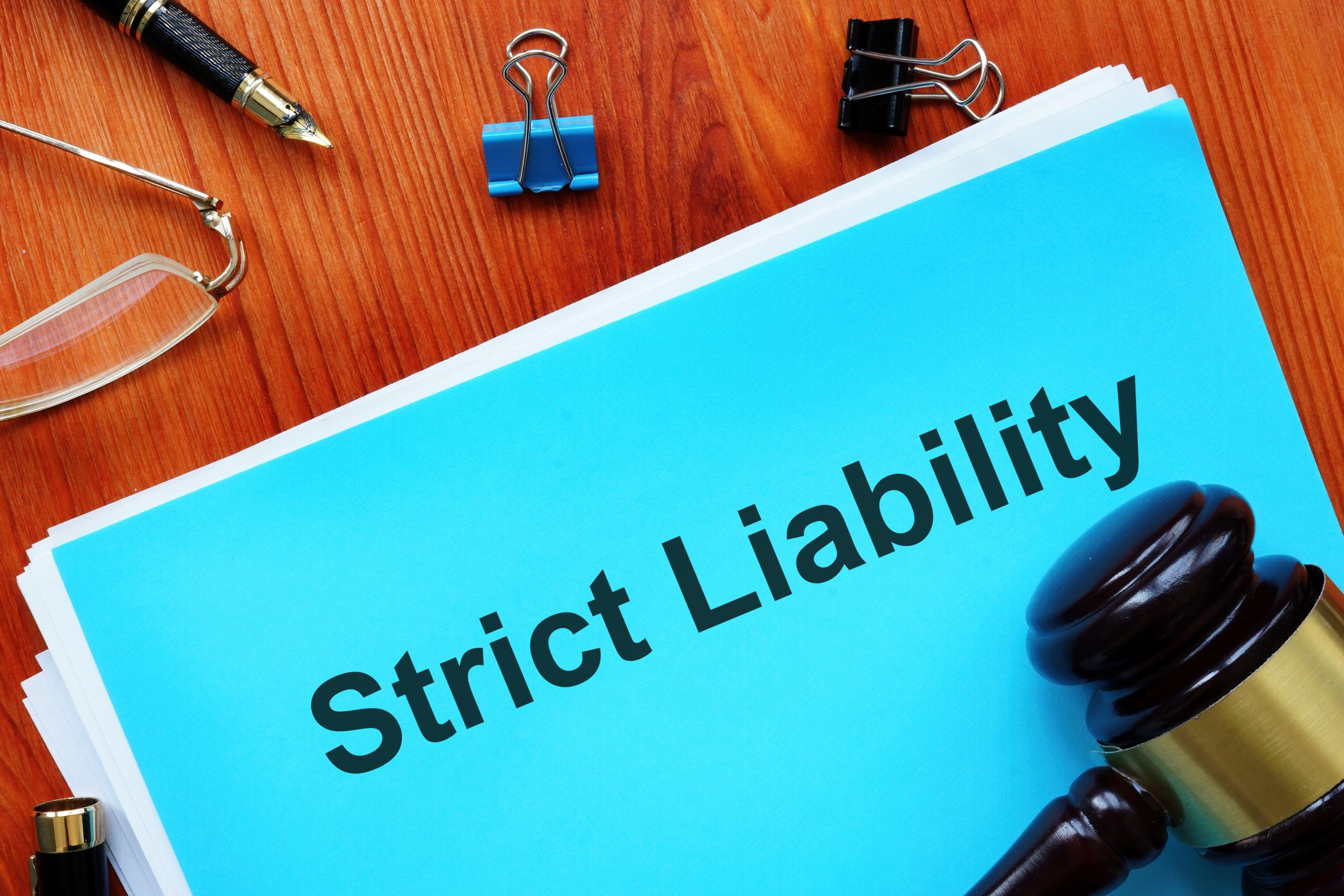 Although most personal injury lawsuits depend on proving negligence, there are certain cases where plaintiffs do not need to show that the defendant was negligent. Strict liability, also called absolute liability, is a legal doctrine that holds a person or entity responsible for a victim’s injuries, even if that party was not negligent or at fault. In cases involving strict liability, defendants can still be held accountable even if they exercised reasonable care.
Although most personal injury lawsuits depend on proving negligence, there are certain cases where plaintiffs do not need to show that the defendant was negligent. Strict liability, also called absolute liability, is a legal doctrine that holds a person or entity responsible for a victim’s injuries, even if that party was not negligent or at fault. In cases involving strict liability, defendants can still be held accountable even if they exercised reasonable care.  Although the last thing anyone wants is to be the victim of an accident, mishaps are part of life. To better safeguard you and your loved ones, it is imperative to be aware of the most prevalent types of accidents. Below, the Dietrich Law Firm P.C.’s team of personal injury lawyers has listed the most frequently occurring accidents along with crucial tips to avoid them:
Although the last thing anyone wants is to be the victim of an accident, mishaps are part of life. To better safeguard you and your loved ones, it is imperative to be aware of the most prevalent types of accidents. Below, the Dietrich Law Firm P.C.’s team of personal injury lawyers has listed the most frequently occurring accidents along with crucial tips to avoid them:  Suppose that you, or a family member, have been injured in an accident caused by another person’s negligence or recklessness. You may be able to file a personal injury lawsuit. Pursuing a case against the responsible party could be your only means to recover compensation. However, you only have a limited time to file your claim. The deadline is known as the statute of limitations (SOL). The statute of limitations, like a countdown, can significantly impact when or even if you can pursue your case. Regardless of the strength of your claim, when the statute of limitations runs out, your case will be considered time-barred. Meaning the defendant can assert that the statute of limitations has run out and ask the court to dismiss the lawsuit on that basis alone.
Suppose that you, or a family member, have been injured in an accident caused by another person’s negligence or recklessness. You may be able to file a personal injury lawsuit. Pursuing a case against the responsible party could be your only means to recover compensation. However, you only have a limited time to file your claim. The deadline is known as the statute of limitations (SOL). The statute of limitations, like a countdown, can significantly impact when or even if you can pursue your case. Regardless of the strength of your claim, when the statute of limitations runs out, your case will be considered time-barred. Meaning the defendant can assert that the statute of limitations has run out and ask the court to dismiss the lawsuit on that basis alone.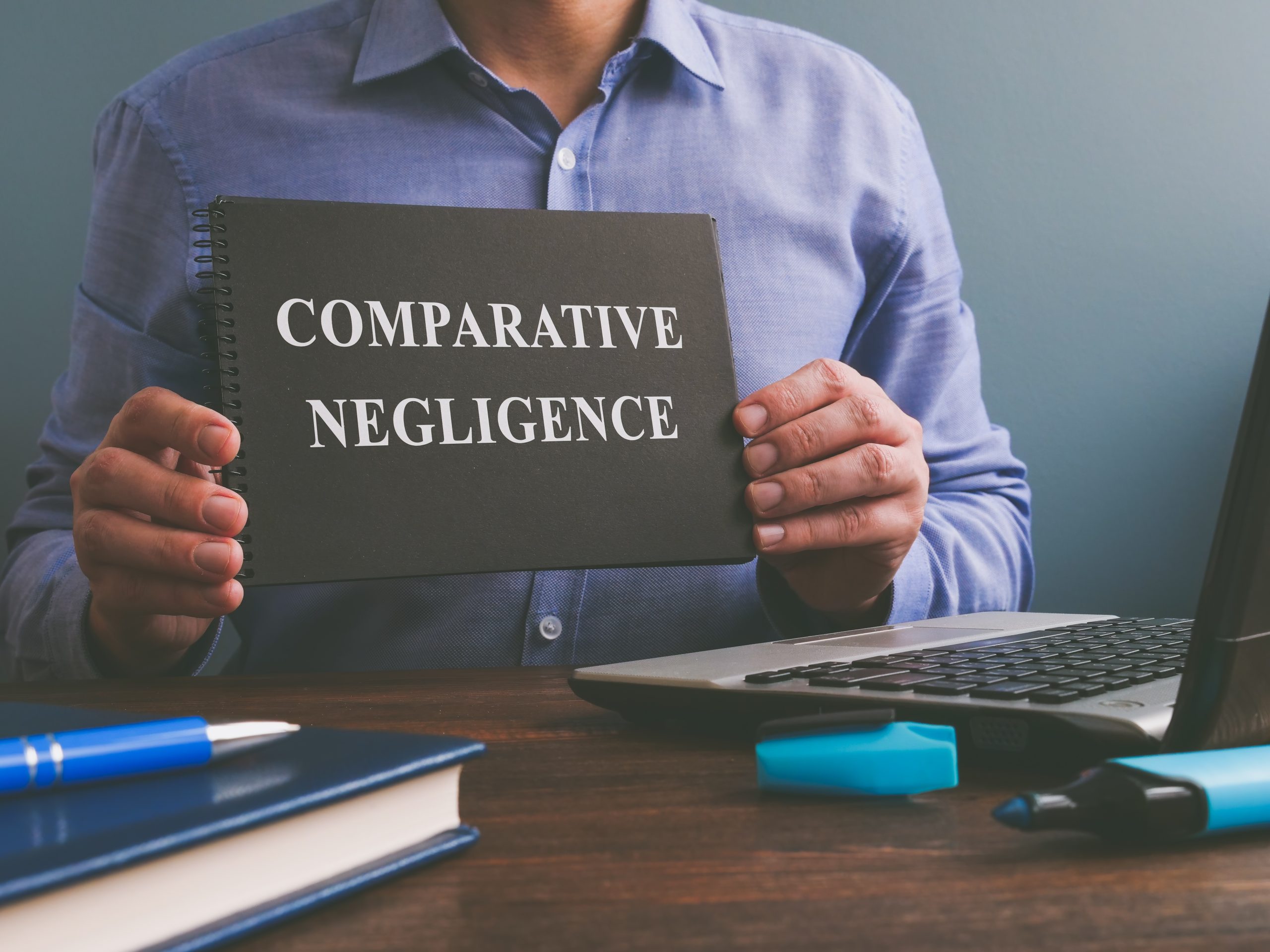 Liability in personal injury cases is often unclear and ambiguous. This is because a defendant may not be entirely responsible for the accident. It is not uncommon for plaintiffs to be partially at-fault too. Fortunately, victims may still be eligible to recover compensation for their damages even if they were partly to blame. When applying the legal doctrine of comparative negligence, also known as comparative fault, a plaintiff that contributed to their accident would still be awarded compensation for their damages. However, the total amount would be reduced based on their share of fault. Whether you have been hurt in a car crash, construction accident, slip and fall, or any other mishap, comparative negligence can significantly impact the compensation you obtain.
Liability in personal injury cases is often unclear and ambiguous. This is because a defendant may not be entirely responsible for the accident. It is not uncommon for plaintiffs to be partially at-fault too. Fortunately, victims may still be eligible to recover compensation for their damages even if they were partly to blame. When applying the legal doctrine of comparative negligence, also known as comparative fault, a plaintiff that contributed to their accident would still be awarded compensation for their damages. However, the total amount would be reduced based on their share of fault. Whether you have been hurt in a car crash, construction accident, slip and fall, or any other mishap, comparative negligence can significantly impact the compensation you obtain. 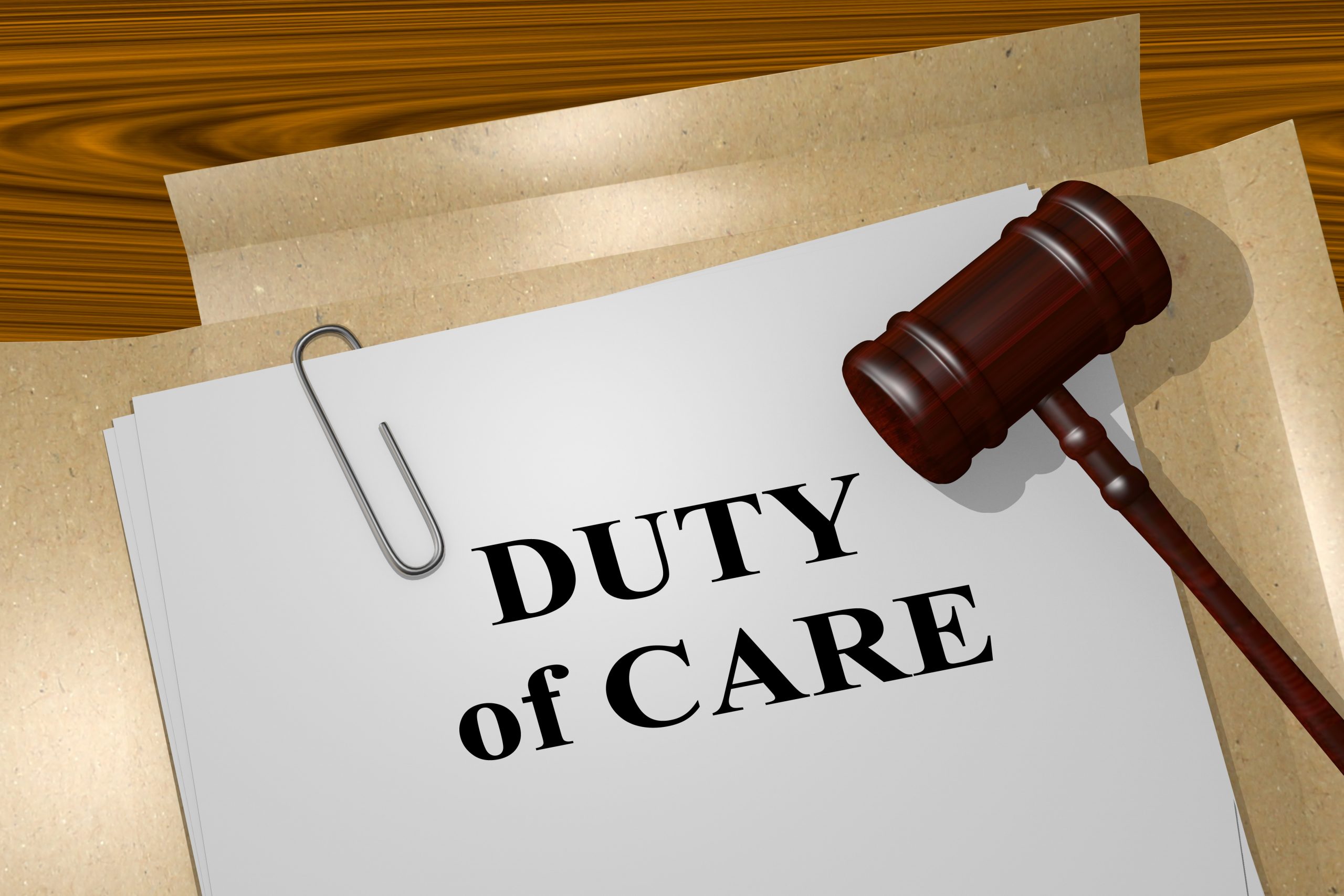 To prove fault in most personal injury lawsuits, a plaintiff must show that the defendant was negligent. Victims have the burden of demonstrating four legal elements to prove negligence. The first element of negligence is the at-fault party’s duty of care. Typically, this is one of the easiest elements to prove because everyone has a basic obligation to avoid unnecessarily injuring others. The duty to act appropriately is relevant in almost every situation and is often assumed by being in another’s vicinity. In other words, you must implement the same degree of caution and consideration that a reasonable person would exercise given the same situation. Someone does not need to assume the duty of care to another party voluntarily. It can be imposed just by being in a specific place at a specific time.
To prove fault in most personal injury lawsuits, a plaintiff must show that the defendant was negligent. Victims have the burden of demonstrating four legal elements to prove negligence. The first element of negligence is the at-fault party’s duty of care. Typically, this is one of the easiest elements to prove because everyone has a basic obligation to avoid unnecessarily injuring others. The duty to act appropriately is relevant in almost every situation and is often assumed by being in another’s vicinity. In other words, you must implement the same degree of caution and consideration that a reasonable person would exercise given the same situation. Someone does not need to assume the duty of care to another party voluntarily. It can be imposed just by being in a specific place at a specific time.